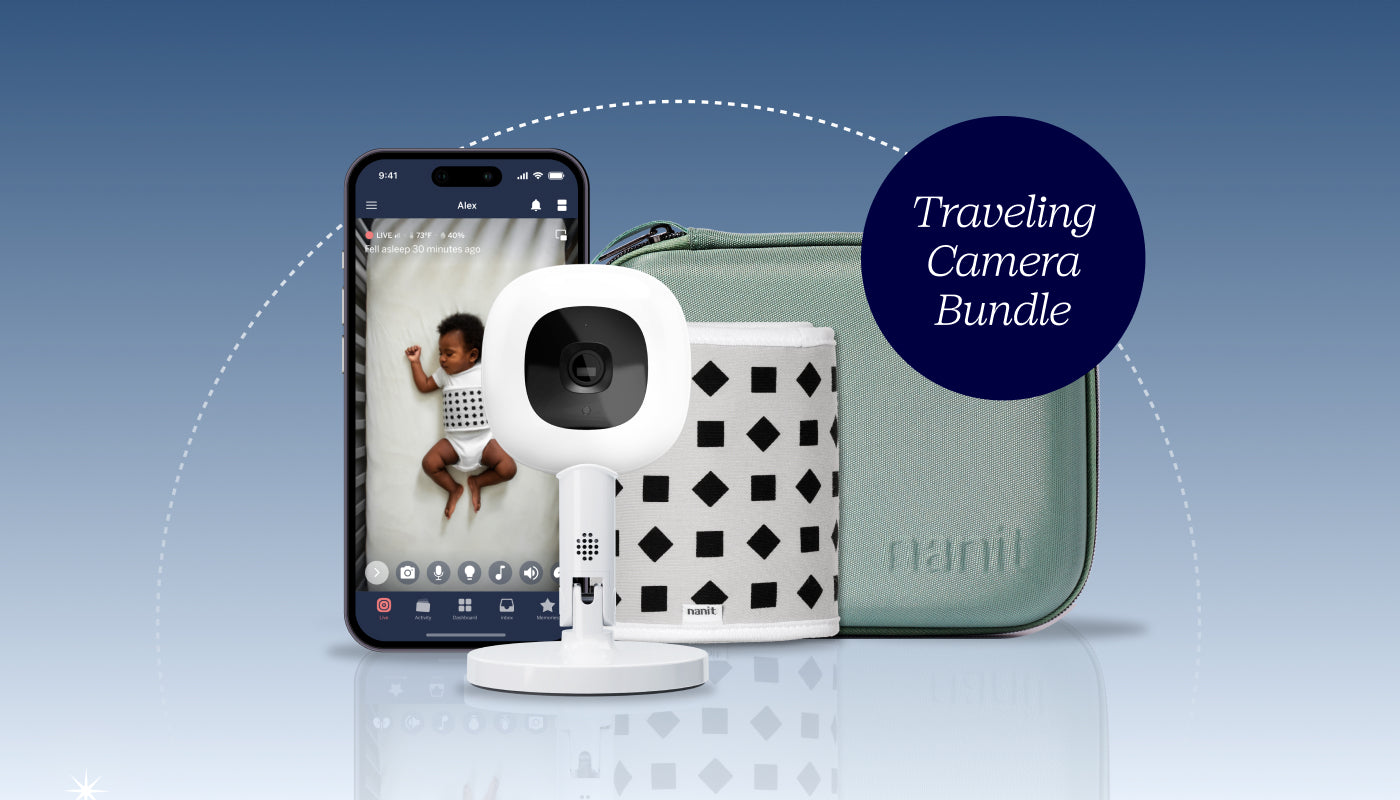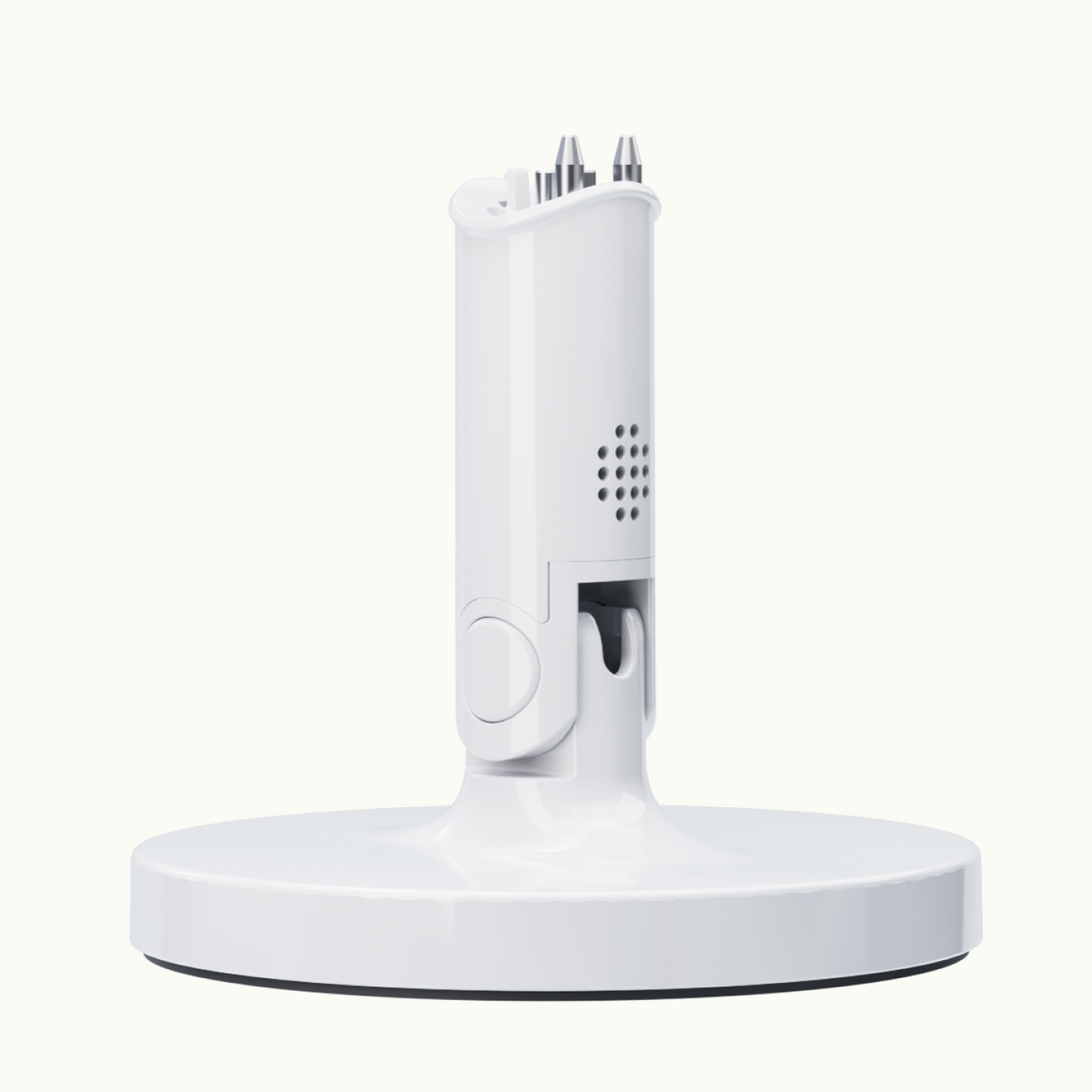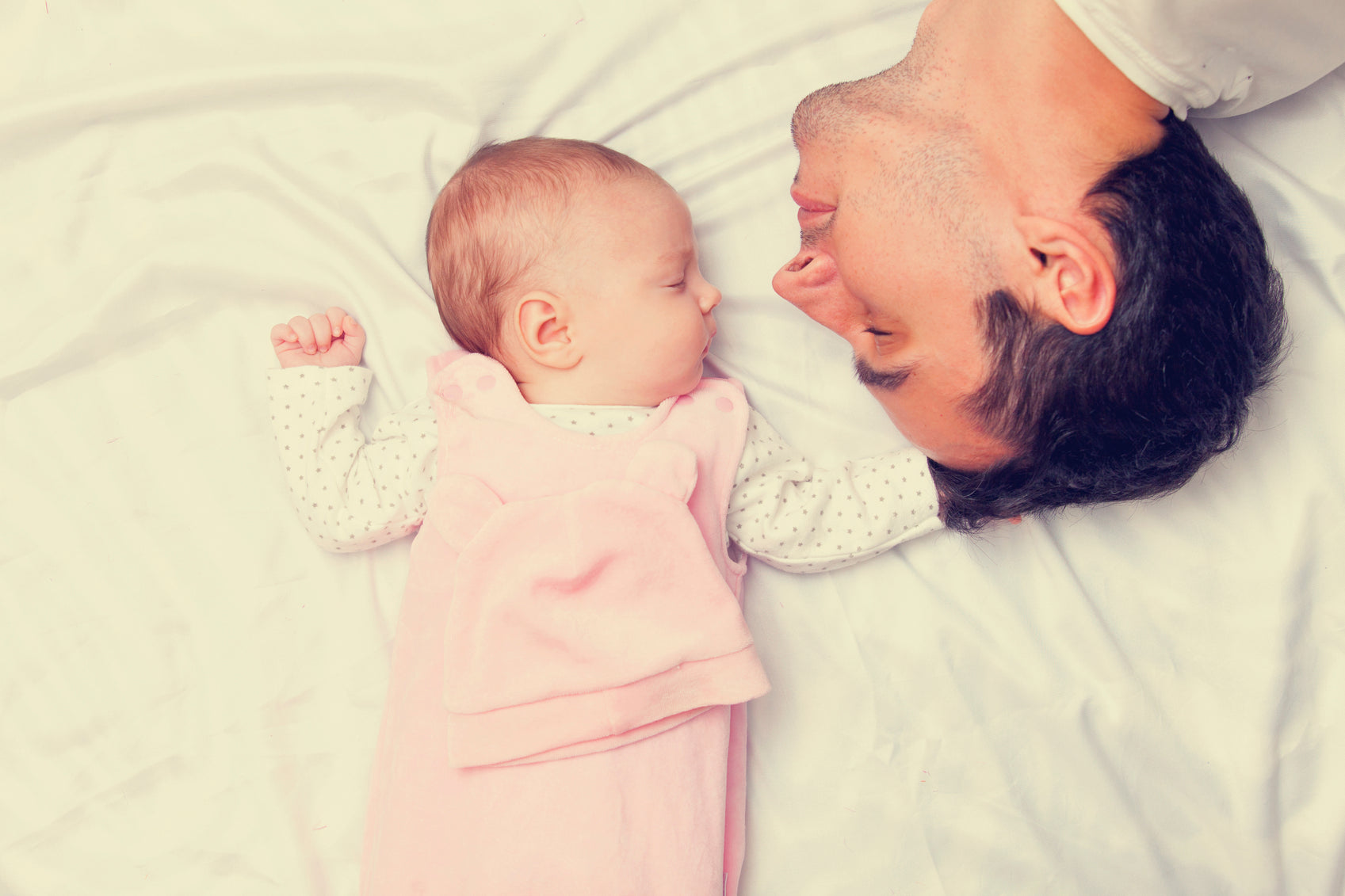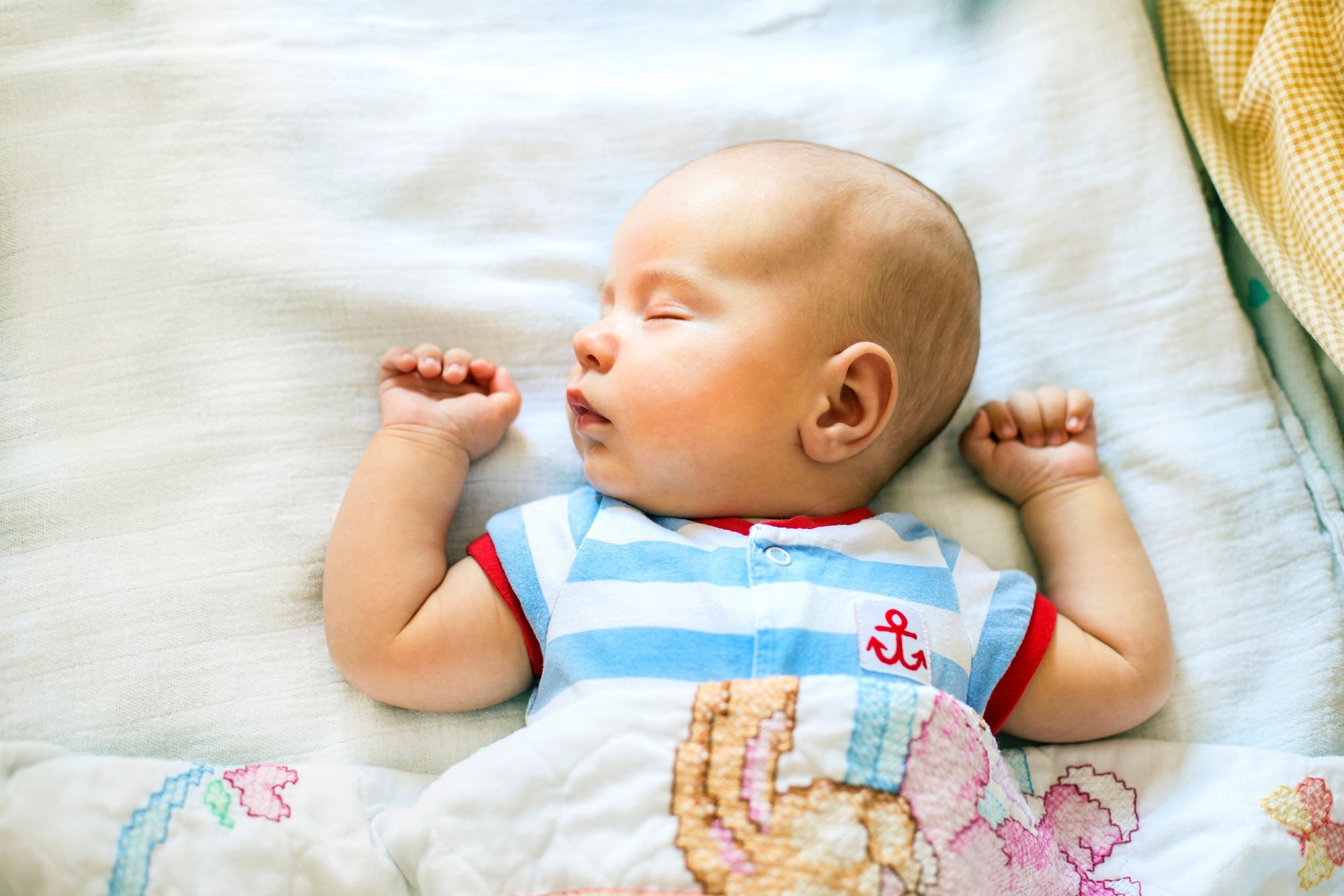The term independent is often used to describe things like countries, and college students (well, sometimes), but babies are rarely thrown into that mix, being best known for their tendency to need almost everything done for them. But, what if you could start laying the foundation for your baby’s independence now? What if that foundation could also help you both get more sleep?
You can foster this coveted independence in your baby by helping them learn the fine art of getting them self to sleep.
Why raise an independent sleeper?
A baby who is an independent sleeper is happier and less frustrated–um, sign me up! Just think about your own sleep skills, if you didn’t have the expertise to lull yourself to sleep by doing things like deep breathing, counting things in your head, or maybe forcing yourself to recall your most boring memory (maybe a high school math class?) the resulting lack of sleep would leave you pretty grumpy and irritated.
Babies are no different, they crave the skills to get to sleep because like us, their body gets tired and wants to find the keys to sleep. But, parents often (unintentionally!) hide those keys by putting up barriers between their baby and independent sleep. Those barriers might come in the form of a baby who must be rocked at just the right speed to fall asleep, or one who needs a minimum of 45-minutes of perfectly-pitched shushing before he’ll close his eyes, or maybe a baby who will only sleep when the warm hand of an approved adult is rubbing her back. These barriers are considered barriers because they block baby from knowing how to get to sleep when certain conditions, that are rarely sustainable, are not present.
When these barriers are lifted, baby might at first be irked, thinking, “Um, what the heck? Give me my barriers back.” But, as they learn to sleep without these parent-provided barriers, and find their own keys to sleep, their independence will bloom and their sleep will thrive.
How to raise an independent sleeper?
First and foremost, don’t try to turn baby into an independent sleeper before their ten-week birthday. During this time, they’re often too young to self-sooth and do need support to reach the zzzs – so, don’t feel guilty if those first ten weeks find you with a sleeping baby on your breast while you binge watch your favorite show. But, after baby’s ten-week birthday they’re usually ready for their sleep independence to be nurtured.
Before we dive into how to raise an independent sleeper, it’s important to acknowledge that it’s not easy for parents to give their babies the space they need to develop sleep skills. Parents are hard wired to run to their babies when even an agitated grunt leaves their lips, so know that it’s normal for you to feel some initial resistance as you support baby in developing sleep skills. But, dampen some of your resistance by remembering that it’s not just sleep “in the now” you’re promoting – you are setting baby up for a lifetime of enhanced independence and confidence.
So, when you’ve fortified your reserve to tackle the tricky but noble task of raising an independent sleeper, take an honest look at any independent sleep barriers you may have created. Will baby only fall asleep in the car seat? Are they adamant about only sleeping while strapped to your chest in the baby carrier? Do they demand both parents sing round after round of Row Row Row Your Boat before they succumb to sleep?
Become aware of any barriers that have sprung up and commit to breaking them down by sticking to a consistent sleepy-time routine and environment for baby – a routine and environment that does not include any independent sleep barriers. For example, you can sing baby a song or read them a book, take them into their cool, dark, and non-distracting sleep sanctuary, then lay them in their comfy but safely sparse crib while they’re drowsy, but not asleep, and play sounds through a Sound Machine, like the Nanit Sound + Light Machine.
Now for the hardest part: when baby fusses, which most of them inevitably do when learning sleep skills, take a step back before you rush to their assistance. If baby associates your immediate support with falling asleep, it will be difficult for them to learn the self-soothing skills that are essential for independent sleep.
This is also a good time for you to implement your own relaxation techniques to practice when your body is yearning to run to your baby, but your mind is saying “just a few more minutes.” You can try cycling through deep-in-the-belly breaths, listening to a guided meditation recording, or gently massaging your jaw or temples.
Independent sleep recommendations by age
News flash! Babies are different at every stage of development, meaning what works best for their independent sleep development will vary depending on their age.
Here are key tips to try when working to encourage independent sleep during each phase of baby’s first year.
2-3 Months
At this age, babies are dipping their toes in the waters of self-soothing, and need some freedom to explore those waters. So, when you hear baby announce their not-asleep state in the middle of the night, give them a few minutes before you go to them. This short time period may be all baby needs to figure out that sucking on their hand is pretty relaxing, or that slightly shifting their position makes them more comfortable and apt to drift off. If in doubt, hold your horses.
3-4 months
This is the time to start setting the sleepy stage at the beginning of the night. If baby is not already finding sleep on his own when it’s bedtime, start to stick to the practice of consistently putting baby to bed at the same time every night, moving through a simple routine (maybe bath, pjs, and one book or song), then laying baby down in their crib while drowsy, but not full-on asleep.
As baby learns that they can fall asleep on their own at the same time every evening, it will become easier for them to reclaim sleep in the middle of the night after they move out of a sleep cycle. This might also be a good time to start phasing out of night feedings, as baby will hopefully be beginning to self-soothe and drift off to sleep without your voice, hand, or breast.
4-5 months
Barring any special circumstance, baby is typically now able to go through the night without a feeding. Hold steady with your bedtime, routines, sleep environment, and saying goodnight to that drowsy but not asleep baby, and keep on keeping on with your own relaxation tools to help you from busting into baby’s room before they’ve had the chance to practice their developing self-soothing techniques.
In addition, now is a good time to implement a feed-play-sleep schedule during the day, where you feed baby in a space they’re not likely to fall asleep in, allow them time to play and tire themselves out, then put them down for a nap. Upon waking, feed baby as soon as possible so they start to associate feedings with being awake and alert, instead of becoming drowsy. This formula will support baby in trusting the rhythm of their day and knowing when it’s time for shuteye.
6-12 months
By this phase, baby is ready to handle more independence during the day, in addition to the night. One way to encourage this additional independence is by giving baby the chance to feed herself. You can set baby up in her high chair, offer her a few bites of her mushy food of choice, maybe some chunks of avocado or banana, then see if she continues the feeding using her own little hands. Stay with her to ensure safety.
Because baby is more mobile at this age, create a “no-free zone” where baby can safely explore without getting into things he’s not supposed to. Hold off on helping him figure out a toy, or turn the page of that cardboard book, so he can learn to move through frustration and either find a solution on his own, or move on to something else. This ability to experience frustration, and resolve it on their own, will support them at night when they feel frustrated with not being able to get to sleep.
Key Takeaways
- Independence = Better Sleep: Cultivating independent sleep habits in babies leads to happier, less frustrated little ones, improving both their sleep quality and yours.
- You can guide your baby toward self-soothing by identifying and removing barriers that impede independent sleep, establishing a consistent sleep routine, and giving space for self-soothing.
- While initially challenging, the life-long satisfaction and pride that comes with having a child who is independent, a problem solver, and trusts their own abilities and instincts makes all the trials of creating an independent sleeper well worth it.







